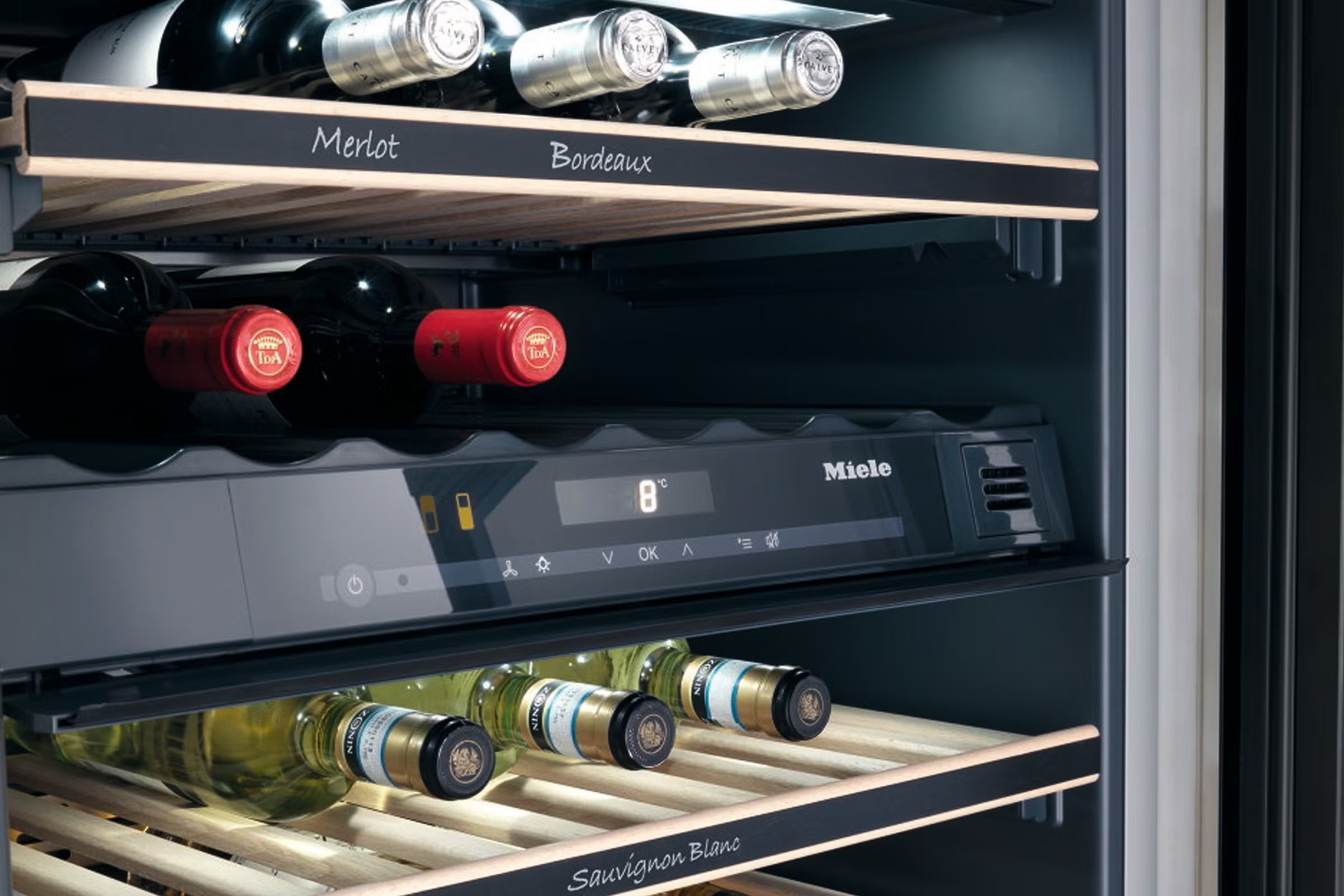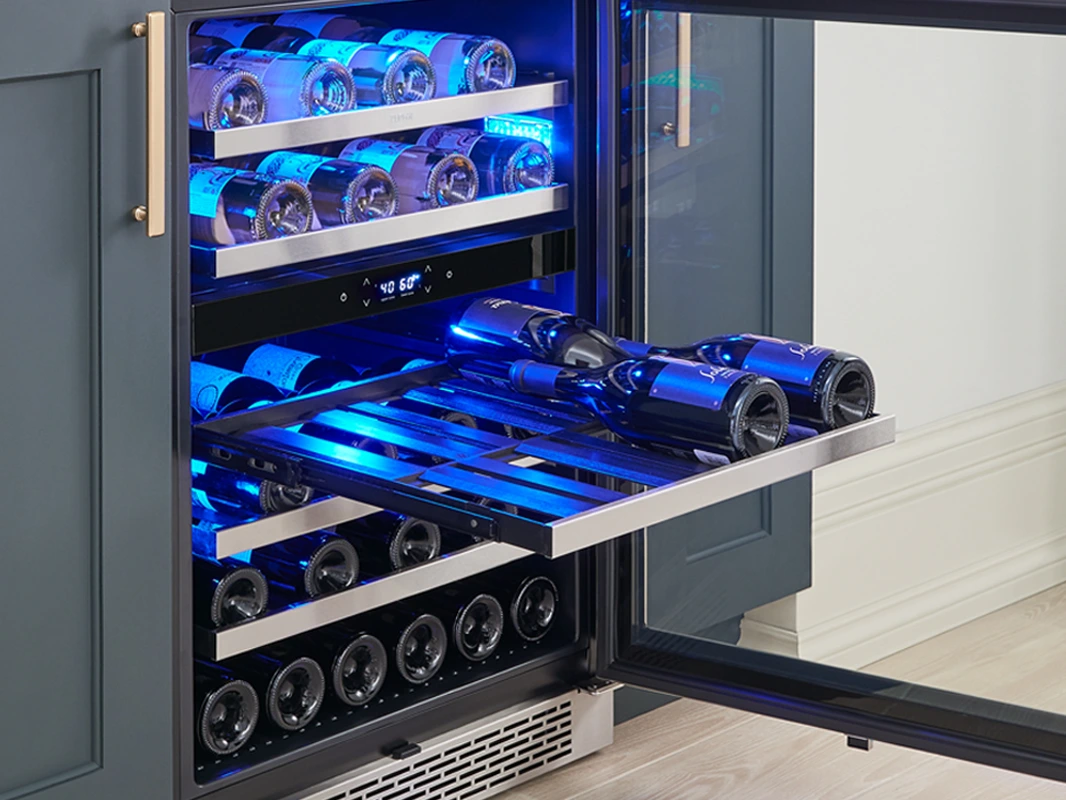Wine storage can make or break your drinking experience, yet many wine lovers overlook this crucial aspect of wine enjoyment. A wine fridge, also known as a wine cooler, wine chiller, or wine refrigerator, represents a specialized appliance designed specifically for storing wine under optimal conditions. Unlike your kitchen refrigerator, these units maintain precise temperature ranges between 45-65°F, with humidity control and vibration reduction features that preserve wine integrity. Whether you’re a casual wine drinker with a few special bottles or a serious collector building an extensive cellar, understanding wine fridges can transform how you store and enjoy your wines. The question isn’t just about convenience—it’s about protecting your investment and ensuring every bottle reaches its full potential when you’re ready to uncork it.
Understanding Wine Fridges: More Than Just Cold Storage
A wine refrigerator is a temperature-controlled appliance designed for the storage of wine, essentially serving as a modern, compact version of a traditional wine cellar. These specialized units maintain consistent temperatures typically between 40-50°F for white wines and 50-65°F for red wines. Wine fridges come in various categories, from small capacity units holding 25 bottles or less to large capacity coolers storing up to 300 bottles. Dual-zone wine refrigerators offer multiple independent temperature zones, perfect for collectors who enjoy different wine varietals.
Key Differences: Wine Fridge vs. Regular Refrigerator

The distinction between wine fridges and regular refrigerators extends far beyond temperature settings. Home refrigerators typically operate at temperatures below what’s ideal for wine storage, designed for perishable foods rather than wine preservation. Wine fridges maintain higher humidity levels around 50-70%, crucial for preserving corks and preventing oxidation, while regular fridges have lower humidity that can dry out corks over time.
Vibration control represents another critical difference. Wine fridges minimize vibrations that can disturb sediment and negatively impact the aging process, while regular refrigerators experience constant vibrations from frequent use. Additionally, wine fridges feature specialized shelving designed to cradle bottles horizontally, keeping corks moist and preventing air contact.
Essential Benefits of Wine Fridge Ownership
Preservation of Flavor and Aroma: Wine fridges maintain the delicate balance of compounds that create distinct flavors and aromas, preventing premature aging or deterioration that robs wine of its essence.
Temperature and Humidity Control: These units provide dual functionality by maintaining ideal temperature ranges while controlling humidity levels to prevent cork drying and oxidation.
Enhanced Aging Potential: Proper storage conditions facilitate the aging process, allowing tannins to soften, flavors to mature, and wines to achieve peak potential. Wine fridges let you customize aging conditions, unlocking the full potential of your bottles.
UV Protection: Quality wine fridges feature UV-protective glass doors that block harmful ultraviolet rays, preventing chemical reactions that can spoil wine.
Do You Actually Need a Wine Fridge?
The answer depends on your wine consumption habits and storage goals. If you plan to age wine for more than a year, a wine cooler becomes essential for maintaining proper storage conditions. For casual drinkers who consume bottles within weeks of purchase, a regular refrigerator might suffice for short-term storage.
However, wine fridges offer convenience and organization benefits beyond preservation. They provide dedicated wine storage with easy access, elegant display features, and specialized racking systems. For wine enthusiasts who frequently entertain or maintain collections of various wine types, the investment proves worthwhile for both practical and aesthetic reasons.
The Bottom Line: Wine fridges are worth the investment for anyone serious about wine quality and proper storage. They transform wine storage from guesswork into precision, ensuring every bottle reaches its intended potential when you’re ready to enjoy it.


